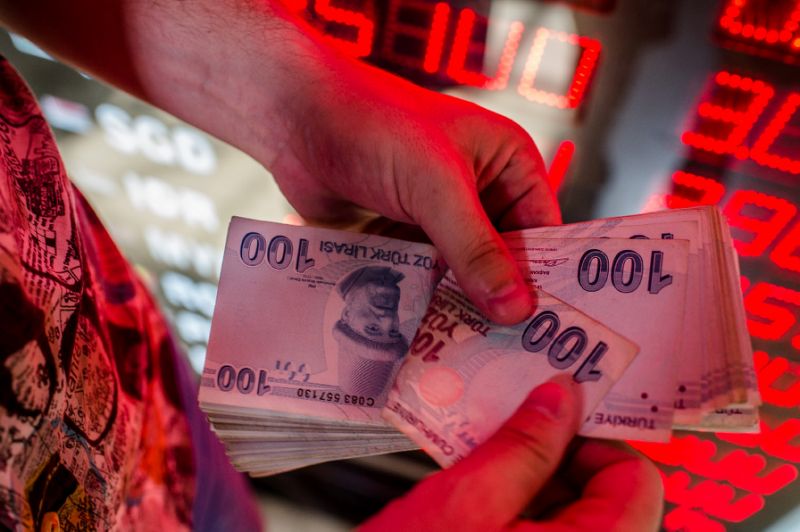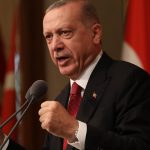By Cagan Koc
(Bloomberg) — The economic fallout from Turkey’s currency crash last summer just kept on getting worse toward the end of the year.
Industrial production capped 2018 with its biggest plunge since June 2009 following three months in contraction, according to data released by Turkstat on Thursday. Led by a double-digit fall in manufacturing, output dropped an annual 9.8 percent in December. Industry fared worse than every estimate compiled by Bloomberg.
Given the depth of the industrial decline in December, gross domestic product last quarter probably shrank 2.5 percent from a year earlier, said Muammer Komurcuoglu, an Istanbul-based economist at IS Investment. The economy may have even contracted as much as 4 percent in the final three months of the year, according to analysts at HalkInvest.
The figures show “the extent of the ongoing adjustment in economic activity following financial volatility,” said Muhammet Mercan, chief economist at ING Bank AS. “The data imply that the slowdown in fourth-quarter GDP growth is likely more pronounced than expected as tighter external and internal financial conditions significantly weigh on consumption and investment.”
The Middle East’s biggest economy is still absorbing the damage done to domestic demand and bank lending after the lira crashed and prices soared over the summer. The central bank hesitated until September before finally raising borrowing costs. The legacy of that delay means the central bank now has to resist cutting interest rates and focus on inflation for fear of unsettling the currency even as Turkey slides toward recession.
With the central bank’s hands tied, the economy faces an uphill climb. On an annual basis, GDP probably contracted last quarter and is on track to shrink through the first half of this year, according to the median forecasts compiled by Bloomberg. And instead of a growth spurt that Turkey experienced after the past two recessions, its rebound this time may be far more gradual.



